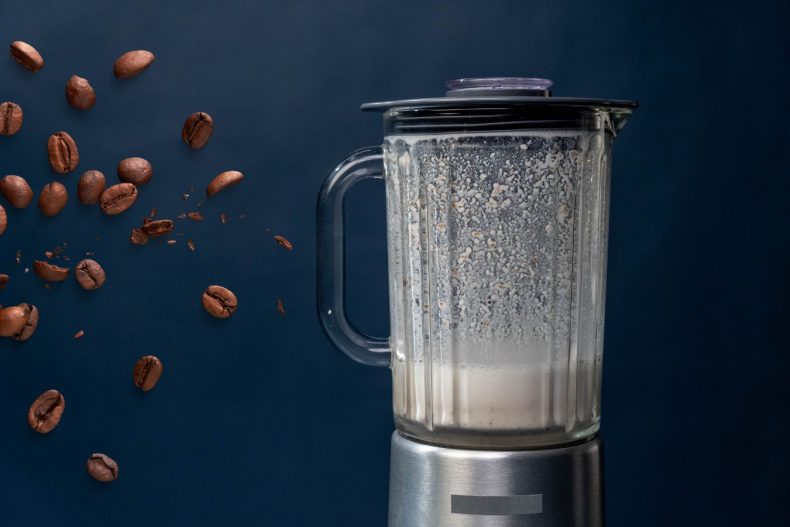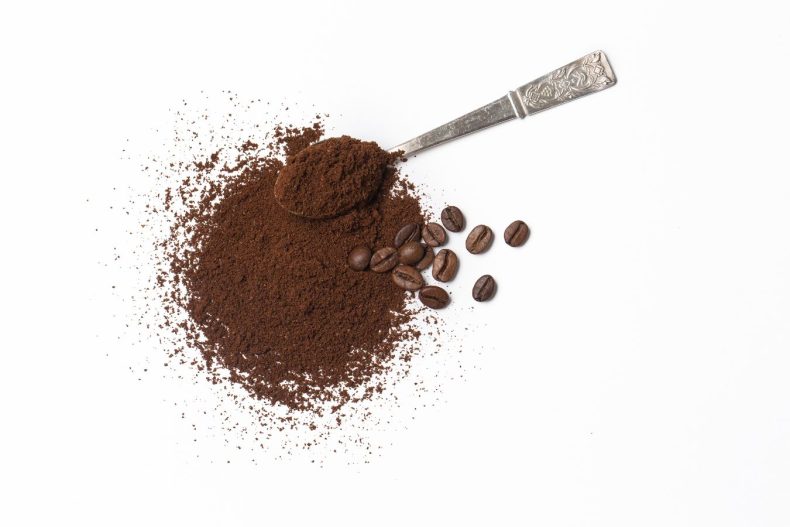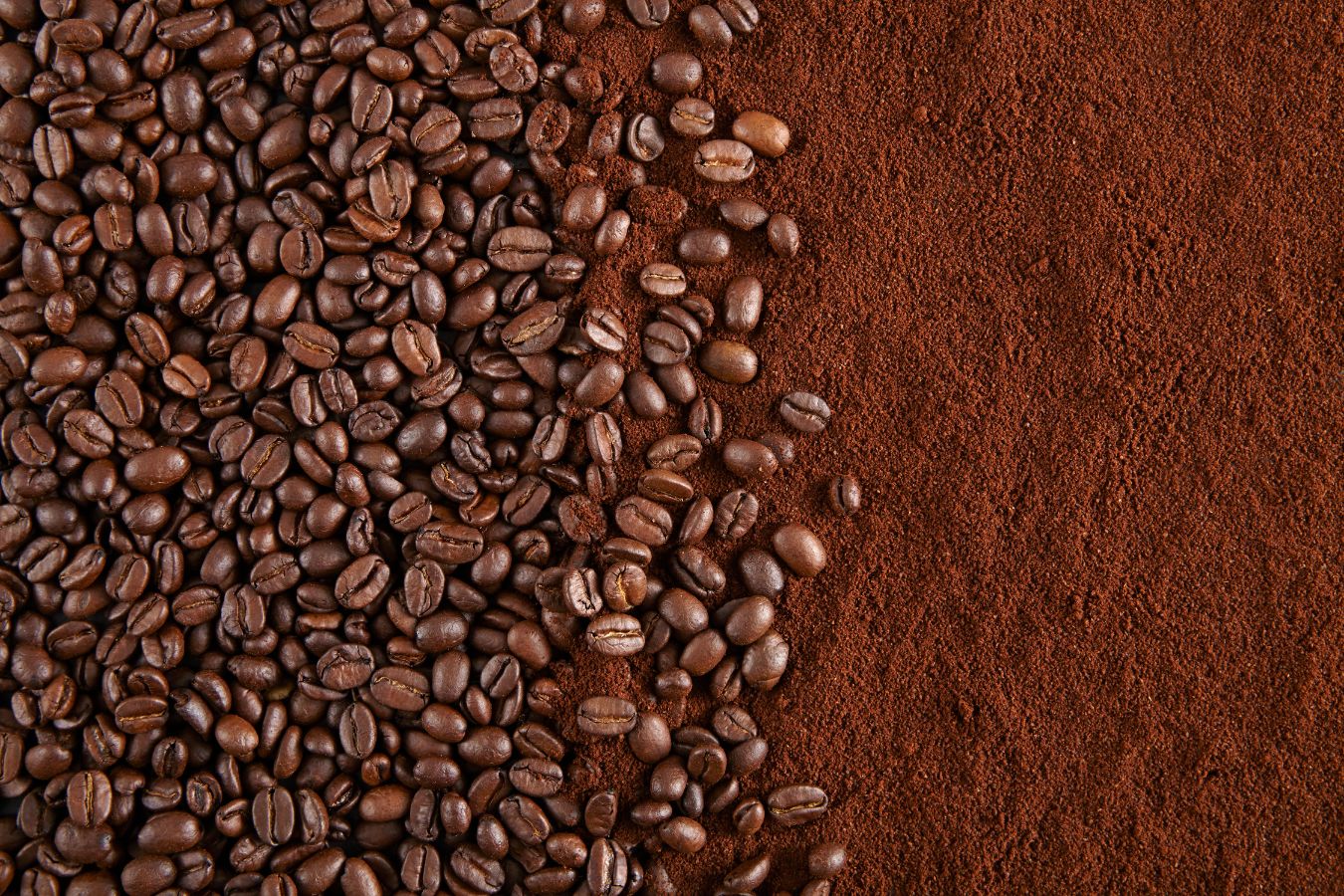
- July 11, 2022
- 0
- 754
6 Ways To Grind Coffee Beans Without A Grinder: Knowing 6 ways to grind coffee beans without a grinder can be a useful trick if you’ve accidentally picked up a bag of whole beans that you thought were pre-ground. Or maybe your grinder’s in the shop for repairs and you’re still desperate for your morning brew.
Six different grinding procedures
Mortar and pestle
Traditionalists and pharmacists have used this method over the years to grind spices, medicines and herbs into fine powder. It is a combination of a hammering and rolling motion, which helps to produce a consistent grind mixture. This alternative grinder can produce fine grounds similar to those used for espresso.
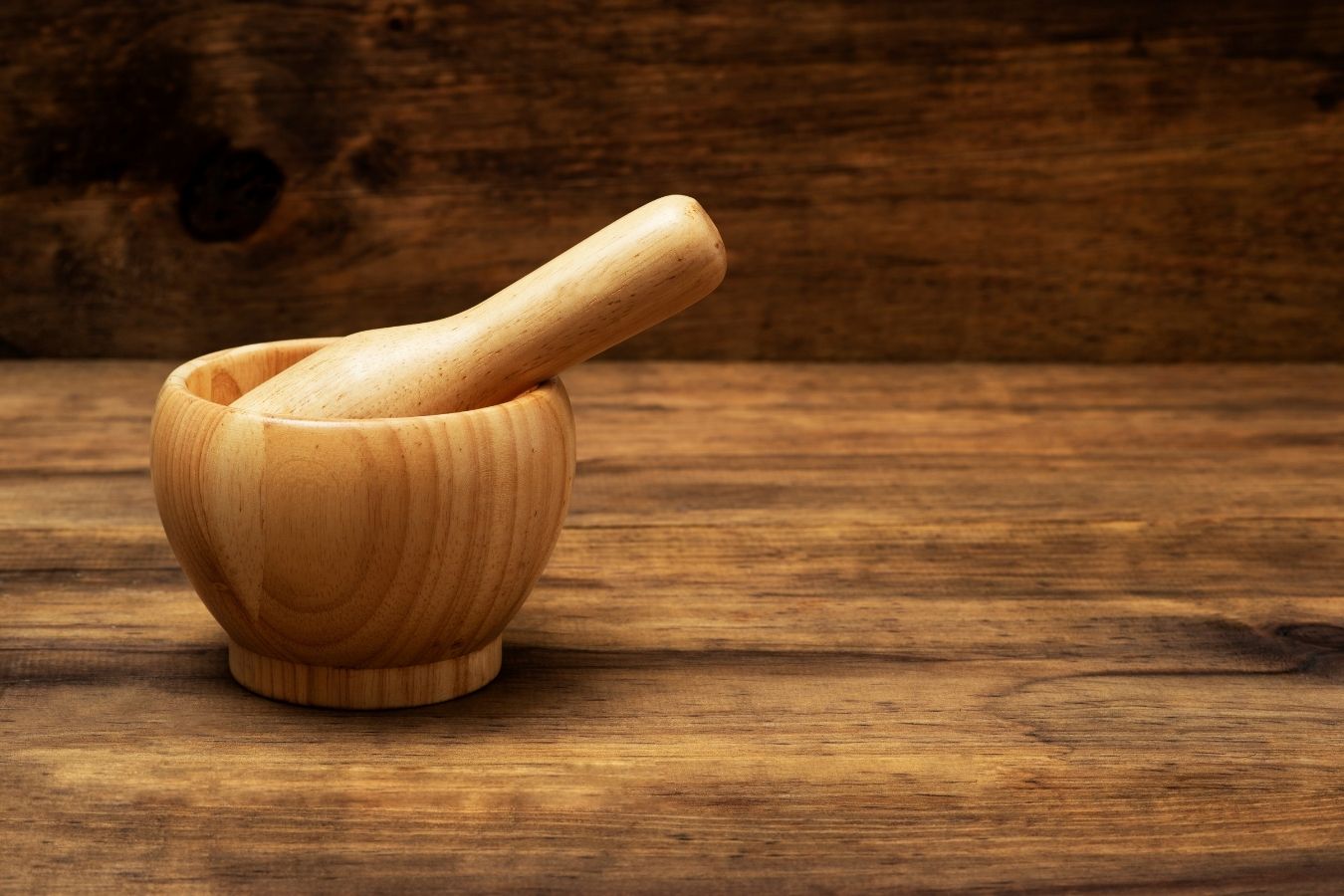
Grinding Procedure
- Put a small amount of coffee into your mortar. A small amount of coffee allows you to achieve a consistent grind, within a few minutes.
- Use your dominant hand to hold the pestle, while the other hand holds the mortar. Ensure that you hold the mortar securely, to ensure it doesn’t slip from your hands during the heavy pounding with the pestle.
- Use the pestle to forcibly crush down the coffee beans. You need to make sure that you grind every corner to achieve a consistent grind.
- Continue adding the beans and crushing, until you have achieved the desired amount of coffee. Add a small amount at a time for more consistent results.
- After crushing, roll the coffee grounds around using the pestle, while grinding the beans to achieve a finer texture.
- By now, the coffee grounds are already becoming finer. However, you need to continue with the grinding and rolling motion, until you have achieved the desired texture and consistency.
A standard blender
A normal home blender is a great coffee grinder alternative. It comes with a blade system, which will chop the coffee beans just like a conventional coffee grinder. In fact, some blenders have a grinder setting, which is perfect for chopping coffee beans. However, you need to grind in small amounts.
Running the blender continuously moves the blades at high speeds, which creates a heated cavity. This heat might cook the natural oils in the beans, leading to a bitter and harsh taste. Furthermore, only use the blender to produce relatively coarse grinds. Wash your blender immediately so that it doesn’t smell like stale coffee.
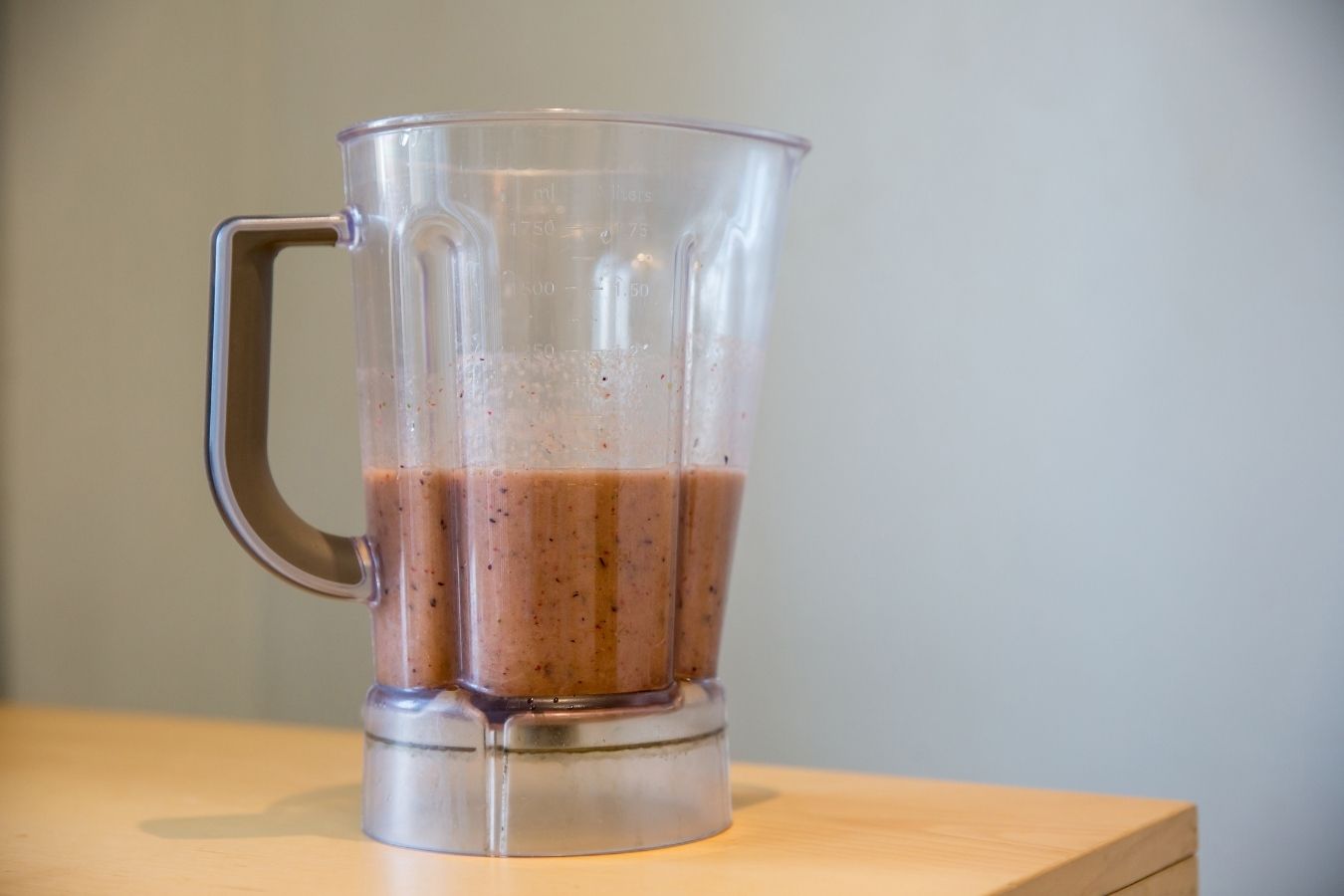
Grinding Procedure
- Use the grinder setting on the blender or any other high-speed setting
- Toss a small amount of coffee into the blender and cover it
- Grind your coffee to the preferred consistency
- Continue adding the coffee until you have obtained the right quantity and the desired consistency.
A rolling pin
Thanks to its design, a rolling pin has the ability to crush and grind coffee beans. This results in a uniform texture while allowing you to obtain a finer grind. However, you need to apply some elbow grease to the rolling pin, while paying close attention to the grinding process, to ensure uniformity.
With the right precision and execution, a rolling pin can enable you to obtain grounds with a medium to fine texture. Apart from a rolling pin, you will also require a large cutting board as well as a parchment bag.
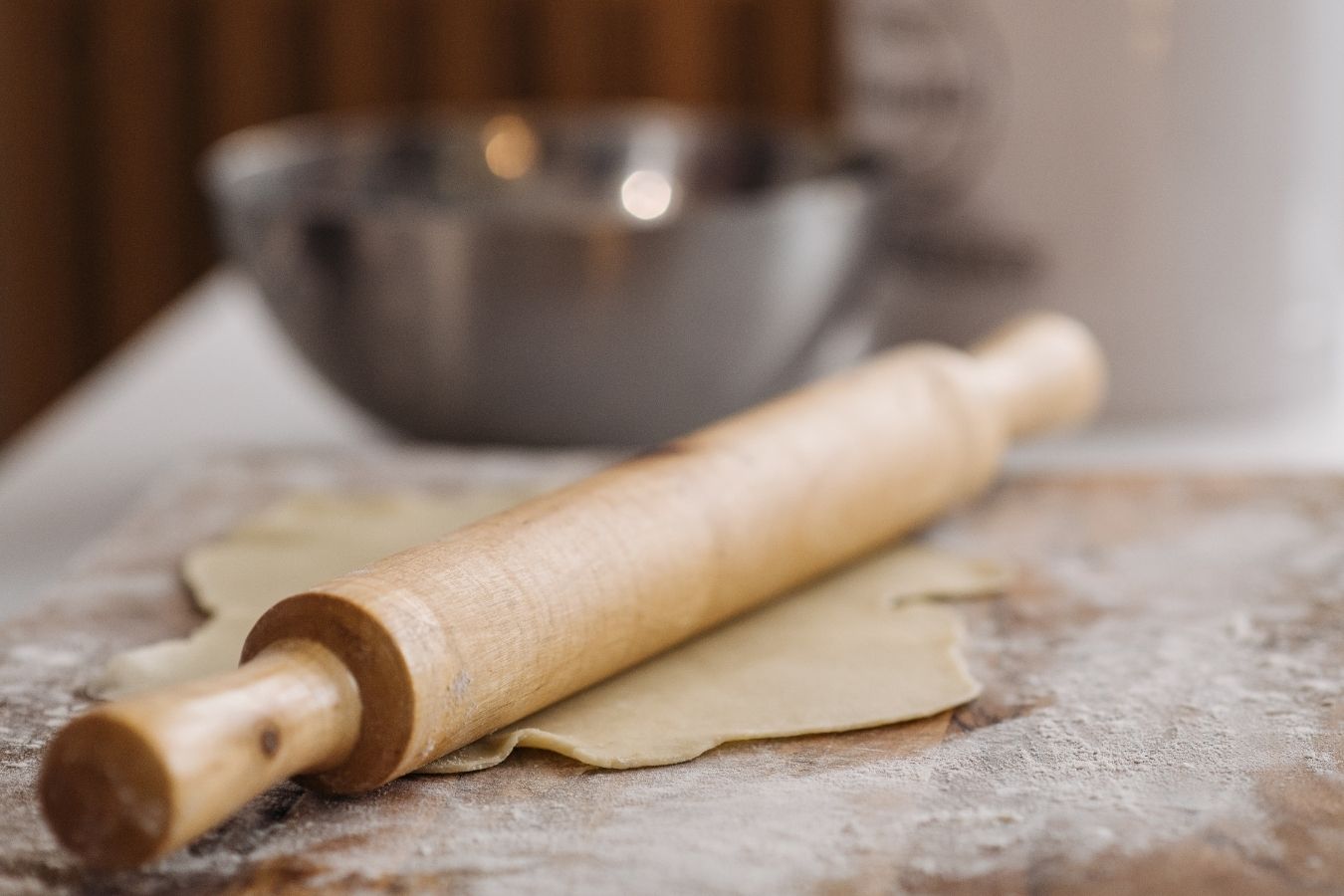
Grinding Procedure
- Place the preferred amount of coffee into a plastic bag or similar material
- Place the bag flat on the cutting board or counter
- Using the pin like a hammer, smash the beans and roll over them. You will hear some crashing noises as the beans disintegrate.
- Roll your pin back and forth until you have achieved the desired consistency. If the grounds appear large, continue with the crushing process.
A hammer
You can also use a mallet, hammer, or meat tenderizer, to crack and crush coffee beans easily. Use these materials with caution so that you don’t damage your countertop. This method mainly produces coarse to medium grounds.
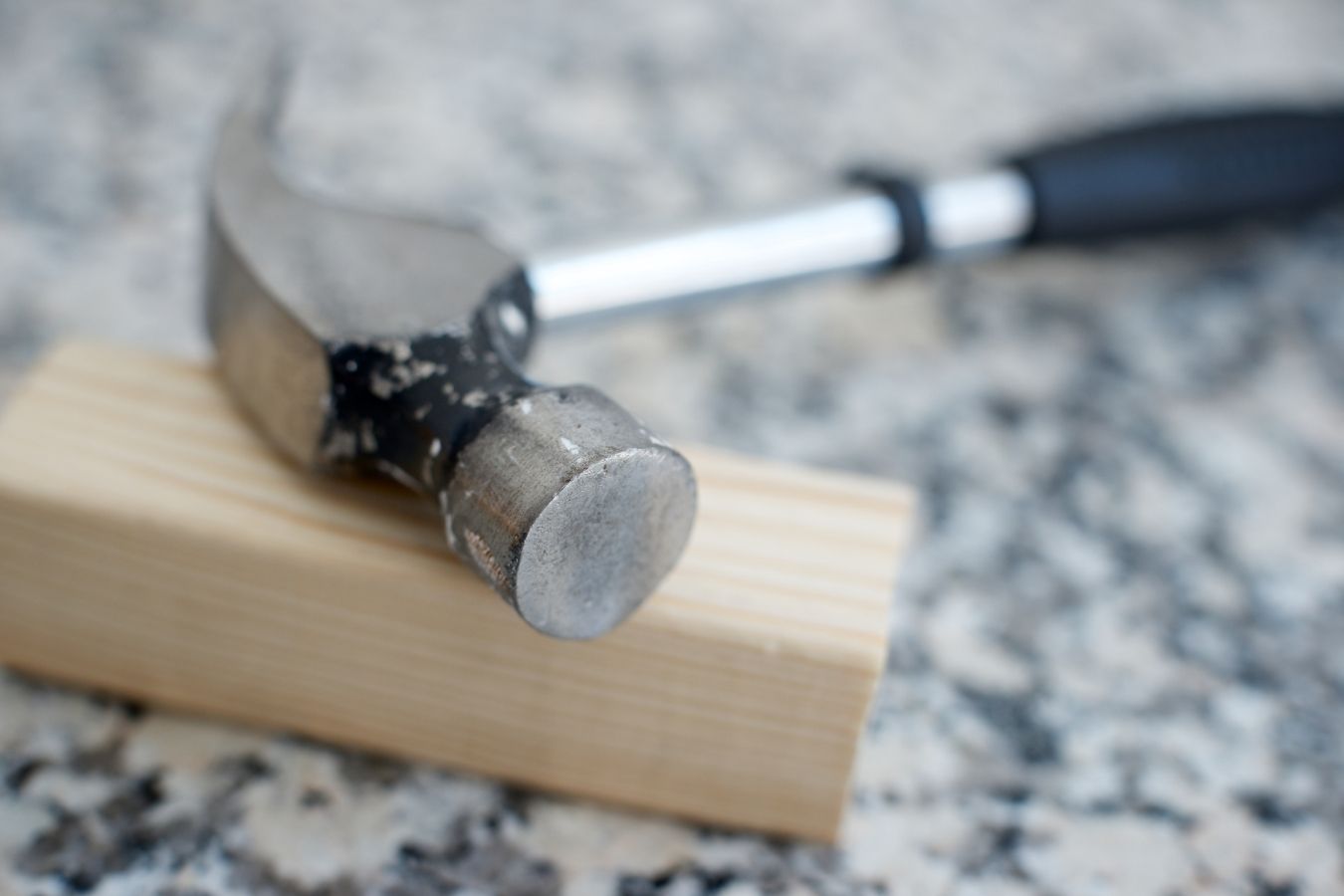
Grinding Procedure
- Place your coffee beans inside a plastic bag or between 2 sheets of parchment paper
- Use your hammer to exert a downward force on the beans. Crush them until you have attained the desired consistency
- For a consistent grind, try to crush from one side of the bag to the other. This will also give you a consistent texture.
A knife
If you can’t seem to find any of the above materials, then a butcher knife can do the job. Its design features a slightly wider blade, which provides a larger surface area and more force to crack the beans and crush them.
This method gives you a medium to medium-fine grind. However, if you have never used a butcher knife before, go for a different method.

Grinding Procedure
- Place coffee beans on a cutting board
- Place the knife flatly on the coffee beans
- Press down firmly using your palm to crack the beans
A food processor
Like a blender, this is really a larger version of the blade grinder – you know, the kind that isn’t as good as a burr grinder for consistency of particle size or adjustability.
However, this is all about survival, so if you’re stuck in a vacation rental with no way to make coffee grounds apart from a Cuisinart, here’s how to preserve your sanity without having to resort to the drive-through espresso stand every morning.
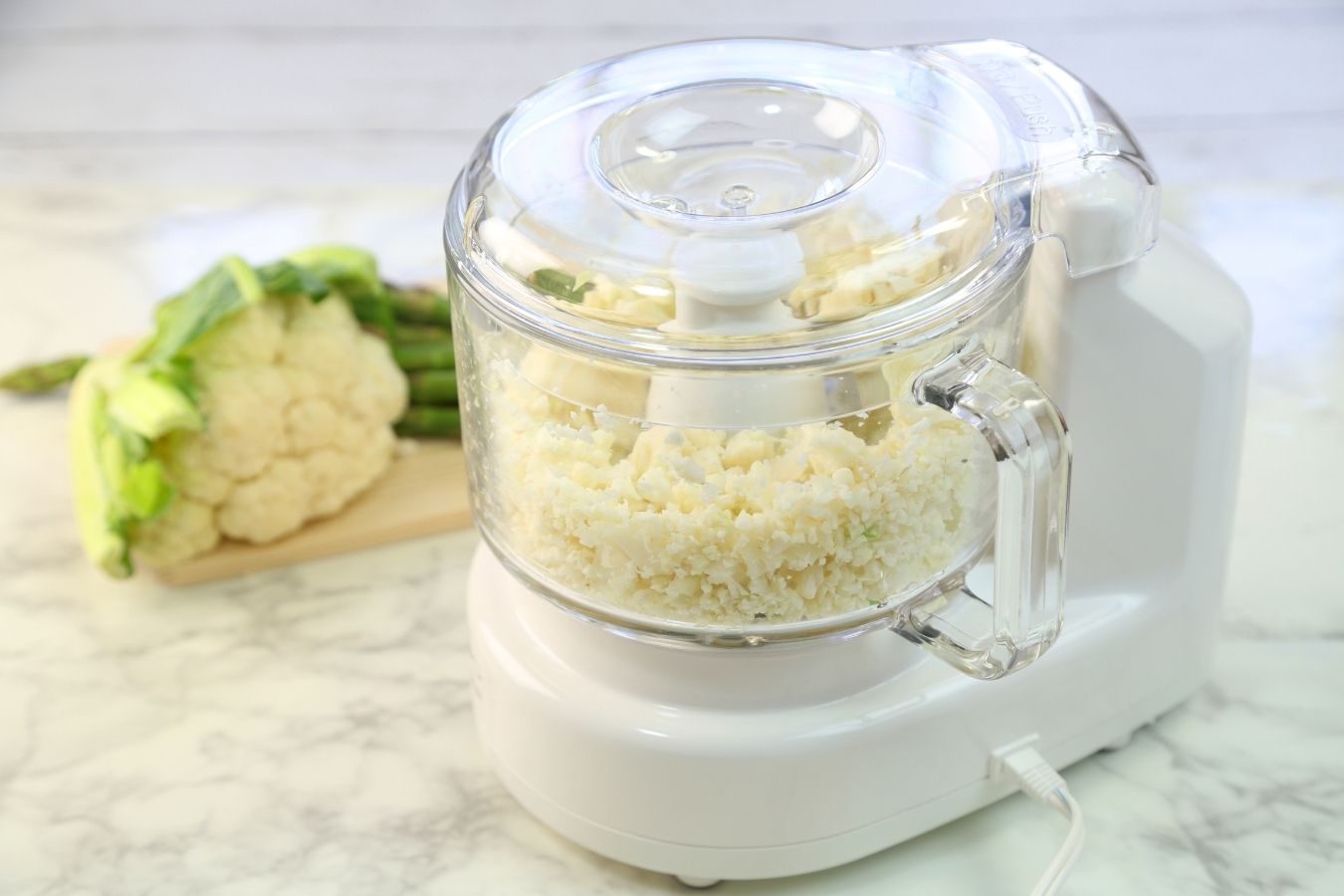
Grinding Procedure
- Pour a few scoops of coffee into the processor bowl and place the lid firmly on top.
- Use the “pulse” technique on your processor, grinding in short bursts. For best results, tilt the processor slightly from side to side while grinding; this causes the larger portions of the beans to move into the blades.
- Empty the processor, add new beans, and repeat until you reach the desired amount of ground coffee.
Why do we grind coffee beans?
While you don’t technically have to grind your beans, the time they would take to brew would be far too long. You would have to brew your coffee on the stove in a pot. The reason that you grind your beans is so that the water can reach as much of each bean as possible.
Grinding exposes more of the oils in the beans to the water when brewing, but it also exposes more of the oils to the air, causing them to evaporate more quickly.
Because of this, it is recommended to only grind as much coffee as you need for that cup. It can be tempting to grind enough for a day or more because of the amount of effort it takes, but doing so will compromise the freshness of your coffee beans.
Grind your beans with a blender: 5 tips
Using your countertop blender isn’t going to get you the most uniform nor the finest grind, but it will get you a usable product.
Here are a few things you should know before you start.
- Use Short Pulses: Some blenders have a grind setting, and if not, they more than likely have a pulse setting. Once you’ve added the desired amount of coffee that you’d like to ground, and shut the lid, use short, controlled pulses to grind the beans.
- Don’t Cook The Beans: Why do we use pulses to grind the beans? Because grinding the coffee beans produces a lot of heat that can actually heat the beans even further. If you run it too fast for too long, it can actually burn the beans. That’s the last thing you need at this point. So, watch that heat.
- Don’t Overfill: When using a blender, it is important to grind only small batches at a time, like ¼ cup to ½ cup. Any more than that, and you are increasing your risk of overheating your grounds. So, blend in batches if you need more grounds.
- Change Angles: This can be especially effective if you have an older blender that is a little weak when it comes to breaking down these hard, brown beans. Don’t be afraid to tilt your blender while you pulse so that the blades can attack the coffee beans from all angles. This allows for a more even consistency and better-finished product.
- Don’t Overgrind: Once all of the beans are broken down, and you’re left with a sawdust-like consistency, you’re done. You are unlikely to get any finer texture than that. Though it might not be what you’re used to. It will work; trust us.

